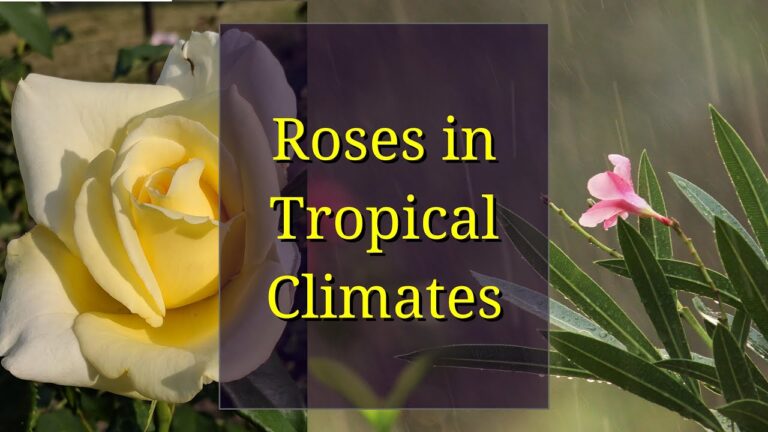Growing Roses in Warmer Climates: Strategies for Success
Growing roses in tropical and subtropical climates presents unique challenges like intense heat, high humidity, and persistent pests. With the right care techniques and heat-tolerant rose varieties, gardeners can enjoy healthy, thriving plants even in the most demanding conditions.

